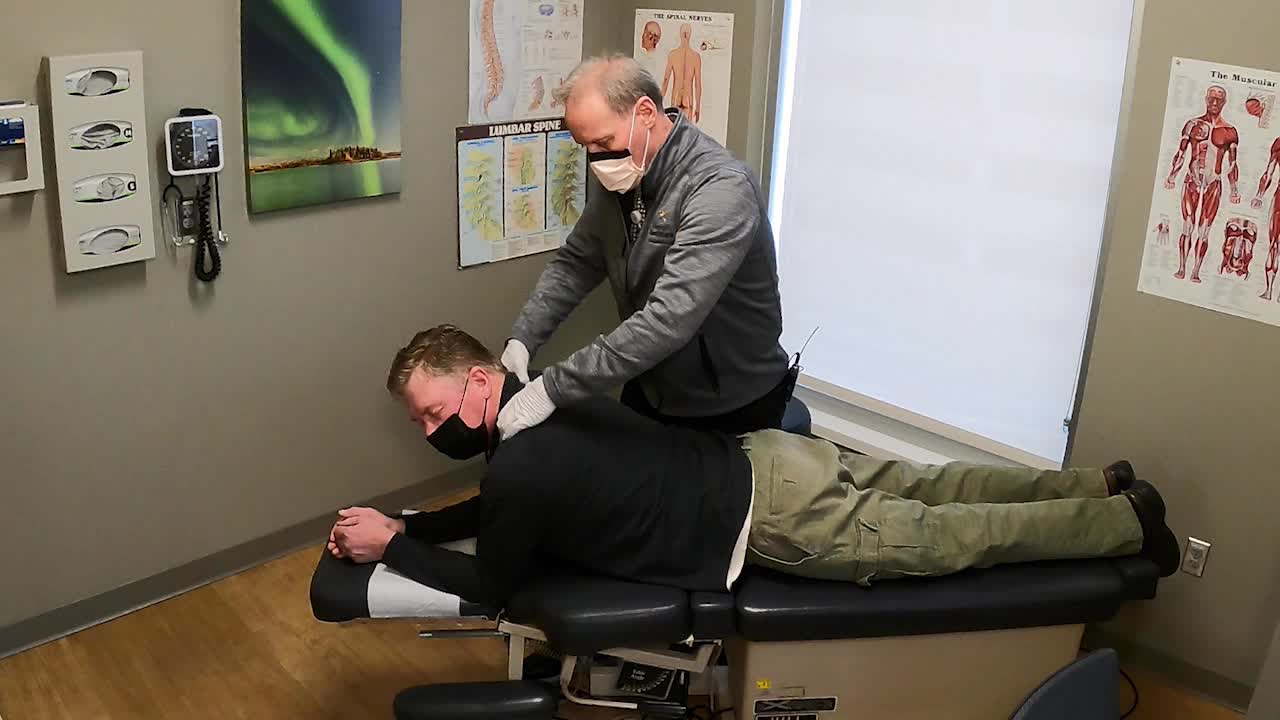MDH, Hennepin Healthcare launch first-of-its-kind pain treatment map
[anvplayer video=”5151891″ station=”998122″]
More than 900 people died of an opioid overdose in Minnesota last year. The ongoing crisis has state health officials worried and looking for new ways to treat chronic pain.
Minnesota is now the first state in the country to map out a network of treatments that do not involve narcotics.
“This is critical that people have this knowledge,” said Dr. Arti Prasad, the director of NO PAIN MN (Non-Opioid Pain Alleviation Information Network) and Hennepin Healthcare chief strategic development officer.
The first-of-its-kind map allows patients to search more than 17,000 providers statewide by specialty, location and practice type. All of the healthcare professionals are licensed or certified.
The treatments include acupuncture, chiropractic, massage therapy, psychology, integrative health care, rehabilitative therapies, movement therapies and mind-body therapies.

A patient receives care at a chiropractor facility (KSTP).
It also features up to date research that supports each approach.
“In general, people think integrated health doesn’t have that much evidence but they probably don’t know where to look for the evidence, there is a lot of evidence,” said Dr. Prasad.
The project received state funding through the 2019 Opiate Epidemic Response Bill.
Data released earlier this year shows opioid overdose deaths in Minnesota have continued to rise. There were 685 opioid overdoses in 2020 and 924 in 2021.
“This is an ongoing problem, this is not going to go away,” said Dr. Prasad. “This is the first state in the country to have this sort of research network available and other states, if they start to develop similar kind of work, imagine having an integrated network at a national level.”
It will provide both patients and providers additional treatment options.
“[Physicians] now have a tool so they can say ‘Yeah, we can actually use this first before we put you on pain medication or an opioid medication, let’s try this because the evidence shows x, y, z,” said Dr. Prasad.
Minnesota health officials hope NO PAIN MN will help decrease the use of opioids for pain management.
“There are many ways to effectively manage pain that do not rely on opioids, but many people don’t know what those options are or how to access them,” said Minnesota Commissioner of Health Jan Malcolm in a statement. “This statewide map is a great step to increase awareness about the safe and effective alternatives that are available in Minnesota.”
It took two years to create the map. Dr. Prasad worked with Hennepin Healthcare Chiropractor Dr. Rick Printon. He collaborates with physical therapists and acupuncturists to help patients with chronic pain.
“It’s really a combination of care,” said Dr. Printon, NO PAIN MN Co-director. “We’re the non-medication option and we can put one, two, three, four different therapies with the patients to help them reduce their pain.”
His patient, Paul Nelson, has an appointment each week to manage his severe headaches. The former football player and skier has a history of concussions and neck injury. Last November, he also came down with COVID.
“I kind of got stuck in a spot in terms of getting better,” Nelson said. “I started having these really bad headaches and it kept getting worse.”
His primary care physician recommended the team at Hennepin Healthcare. Earlier this year, he started his appointments with Dr. Printon, along with an acupuncturist and physical therapist.
“It’s helped a lot,” said Nelson. “They talk about the zero through 10 on the pain scale. I was like a four and now I’m mostly at one or two.”
It allowed Nelson to reduce his over-the-counter pain medication.
“When you have chronic long-term stuff, you’re looking at managing it for the rest of your life so I think having more alternatives and more options is a good thing,” said Nelson.
The collaborative approach also incorporates medication in some cases. According to Dr. Printon, patients can continue to take pain medication if needed.
“It’s not just one person, one provider, one treatment that may help the chronic pain patient,” he said. “It’s really the combination of providers, medication management and non-medication management treatment and therapies.”
To visit the NO PAIN MN map, click here.